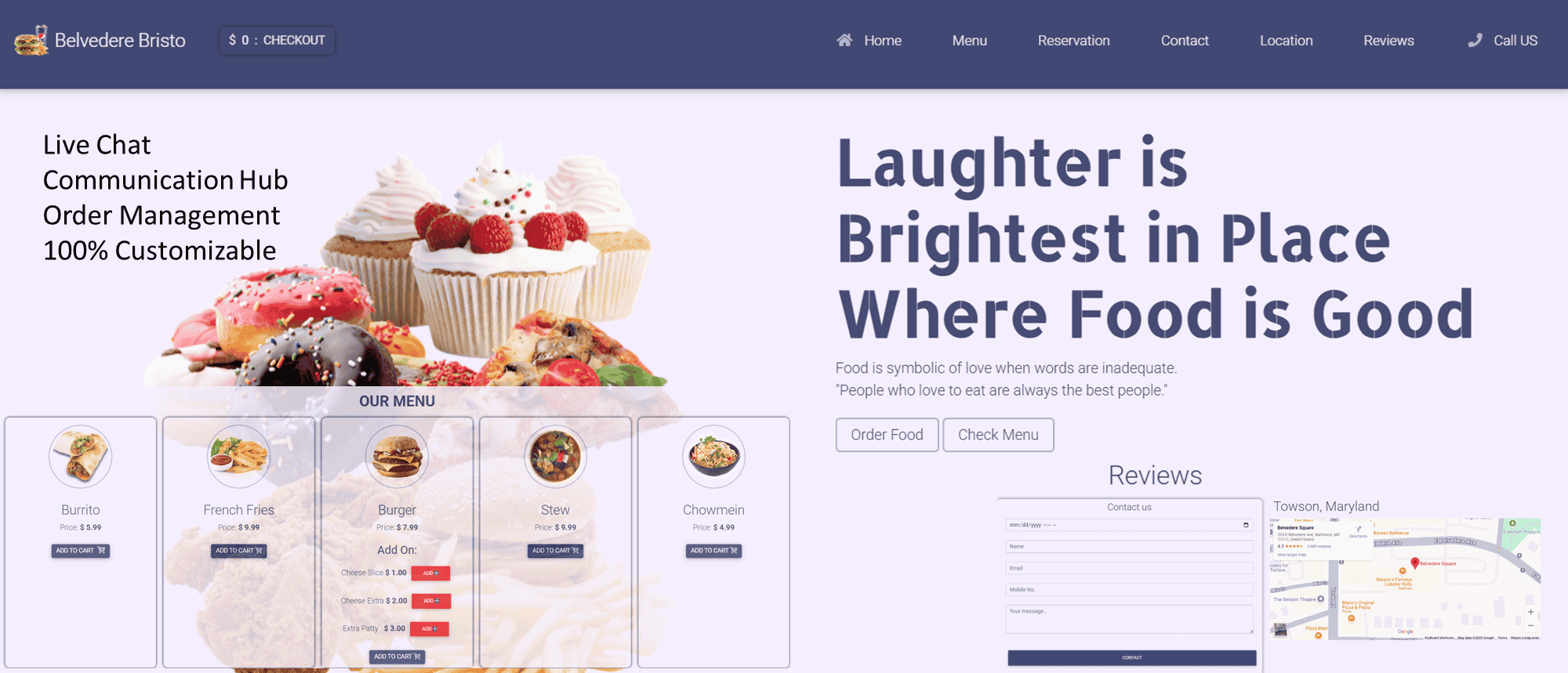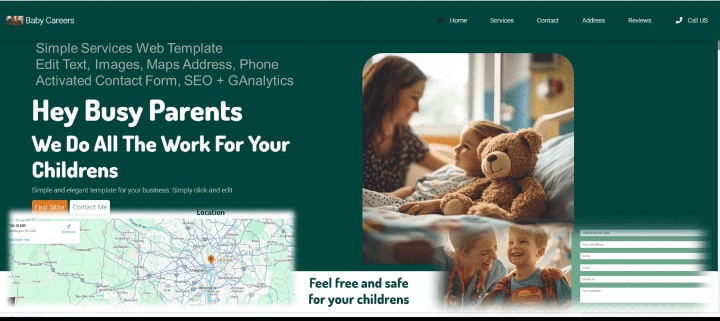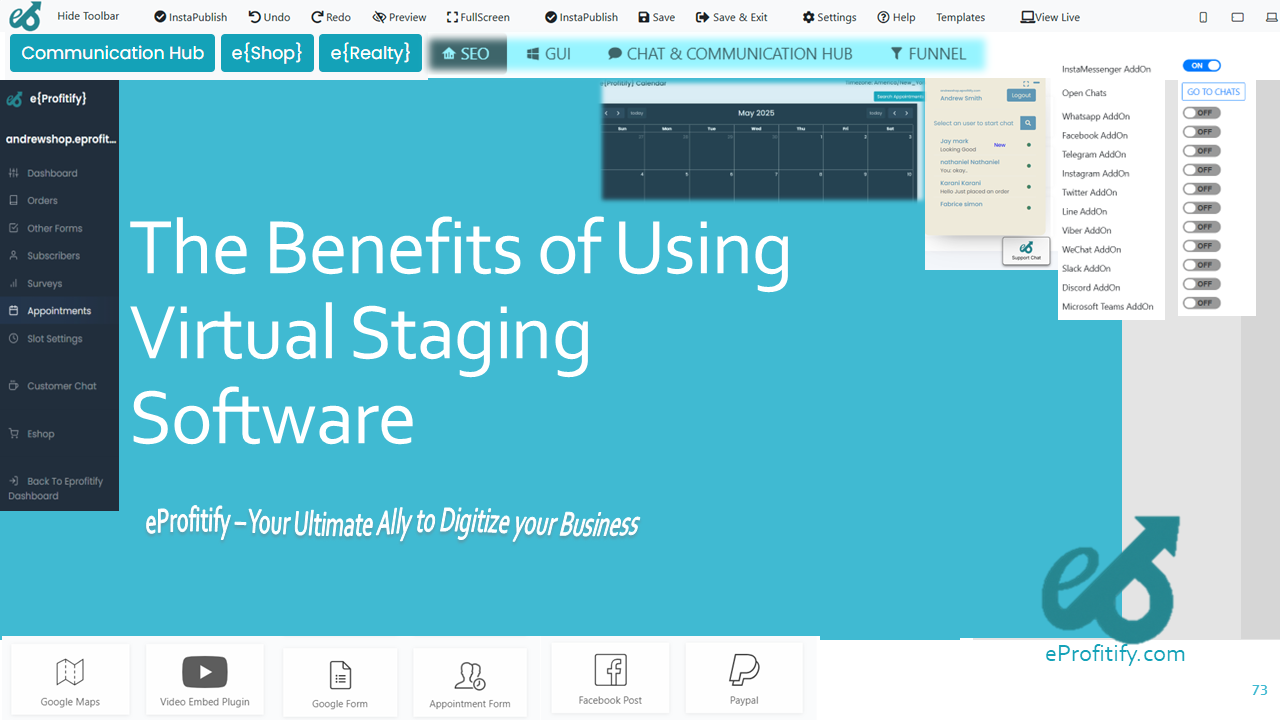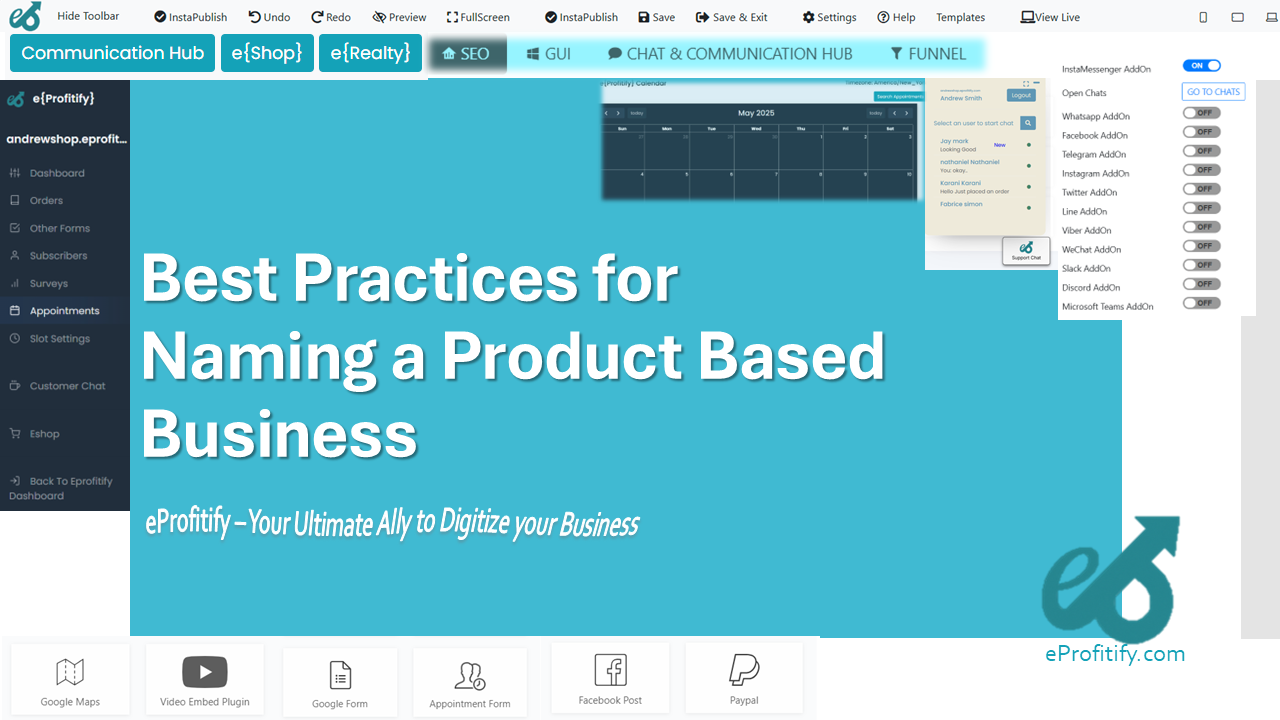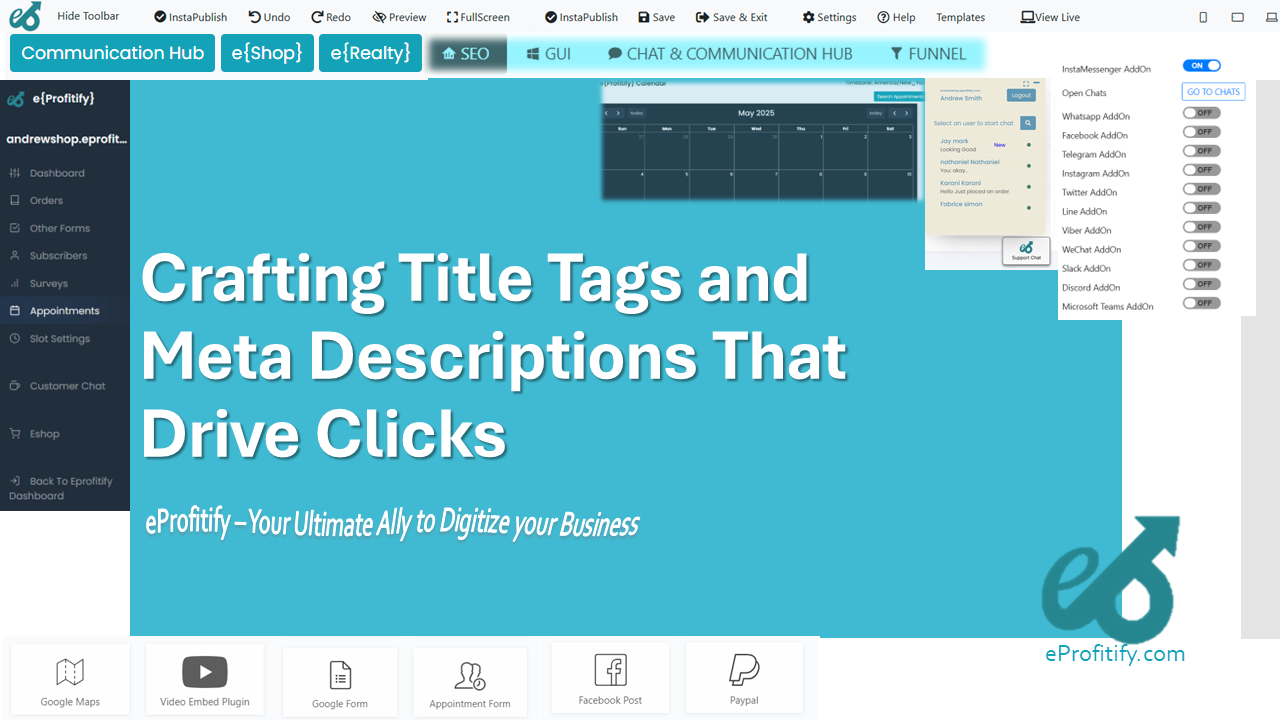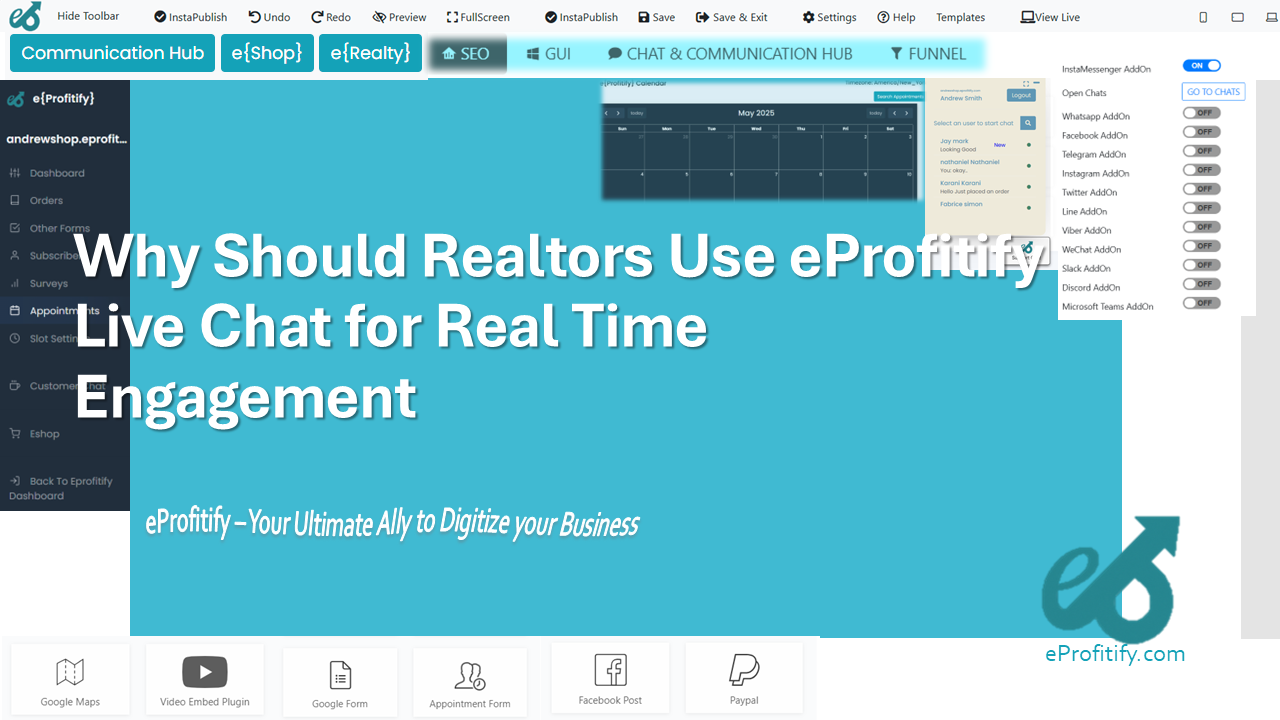How to Build Legally Binding Templates with eDocuflow
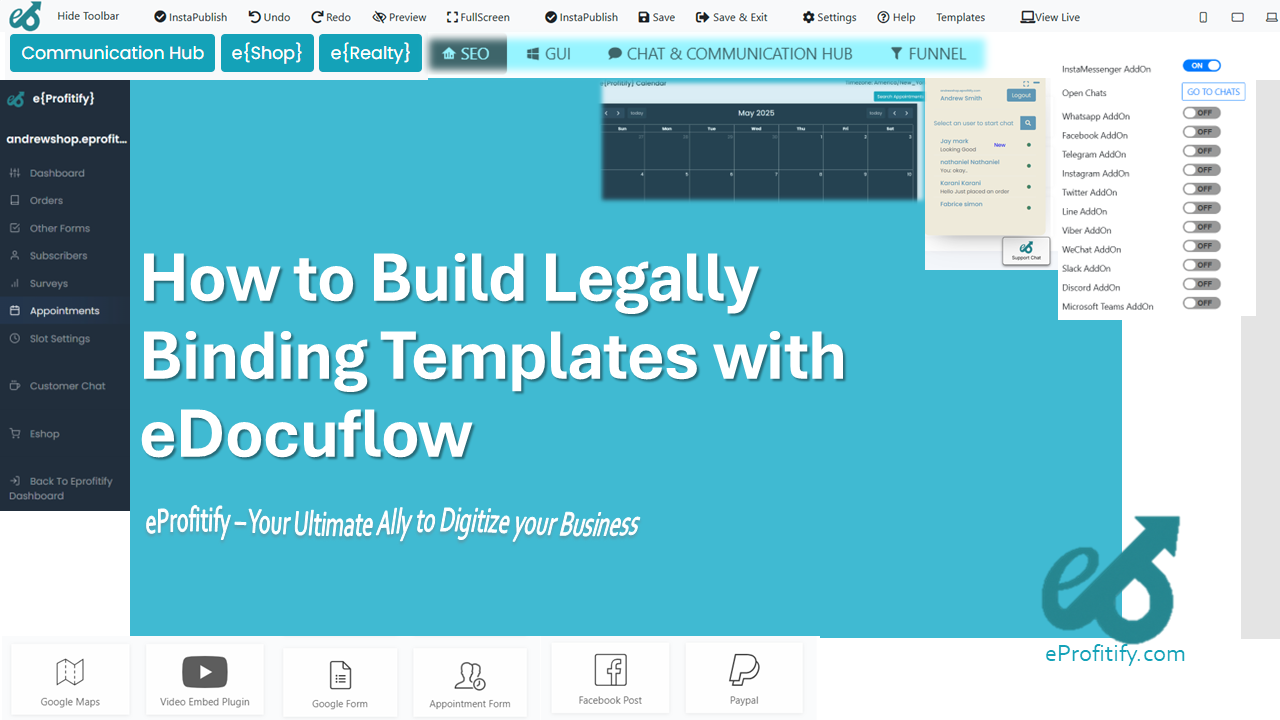
Schedule a LIVE Zoom call with an eProfitify Expert.
How to Build Legally Binding Templates with eDocuflow
In an era defined by digital transformation, businesses rely on efficient, secure, and legally compliant documentation to mitigate risks and streamline operations. Legally binding templates are critical for contracts, agreements, and compliance documentation, ensuring enforceability while saving time. Platforms like eDocuflow empower users to create such templates seamlessly, integrating advanced features for legal adherence. This article explores the steps to build legally enforceable templates using eDocuflow, supported by industry statistics, and highlights the role of eprofitify—a leading website management tool—in enhancing business workflows.
Key Elements of a Legally Binding Template
For a document to be legally binding, it must include:
- Clear Terms: Unambiguous language outlining obligations.
- Mutual Consent: Proof that all parties agree (e.g., electronic signatures).
- Consideration: Exchange of value (money, services, etc.).
- Legal Capacity: Signatories must be competent and authorized.
- Compliance: Adherence to regional laws (e.g., GDPR, UETA, ESIGN Act).
Missing any element can render a contract void. A 2023 survey by Gartner found that 34% of businesses faced legal disputes due to poorly drafted agreements, emphasizing the need for precision.
Building Legally Binding Templates with eDocuflow
1. Template Selection and Customization
eDocuflow offers a library of pre-built, jurisdiction-specific templates for NDAs, service agreements, and sales contracts. Users can customize clauses using drag-and-drop editors, ensuring alignment with business needs. For instance, freelance contractors can tailor payment terms, while ecommerce businesses incorporate GDPR-compliant data protection clauses.
2. Legal Compliance Automation
The platform auto-checks documents against regional regulations, flagging non-compliant sections. For example, it ensures templates for EU clients include mandatory cookie consent language, reducing the risk of penalties. According to Deloitte, companies using automated compliance tools reduce legal errors by 52%.
3. Integration with E-Signature Solutions
eDocuflow integrates with e-signature providers like DocuSign and Adobe Sign, enabling real-time signing and audit trails. Electronic signatures are legally recognized in 60+ countries, with the global e-signature market projected to reach $14.1 billion by 2026 (Statista, 2023).
4. Collaboration and Version Control
Teams can collaborate on templates, track revisions, and maintain version histories. This feature prevents discrepancies, which are responsible for 27% of contractual breaches (World Commerce & Contracting, 2023).
5. Secure Storage and Accessibility
Completed documents are stored in encrypted cloud repositories with role-based access, ensuring security and compliance with data protection laws.
Statistics Highlighting the Need for Robust Documentation Tools
Now, more than ever, businesses require reliable documentation systems:
- Companies using digital documentation tools report a 40% reduction in administrative costs (McKinsey, 2023).
- 89% of professionals believe automated contract management improves compliance (Aberdeen Group).
- The average organization handles 4,000+ contracts annually, with manual processing increasing error risks by 65% (Forrester).
eprofitify: Complementing Documentation with Holistic Business Management
While eDocuflow streamlines document creation, eprofitify emerges as a leading website publishing and management platform, offering tools that synergize with legal and operational workflows:
- Instant Messaging: Facilitate real-time client communication, ensuring clarity in negotiations later formalized via eDocuflow.
- Appointment Management: Sync deadlines and contract milestones with automated reminders.
- Ecommerce Integration: Link product listings to terms-of-service templates, auto-updating policies across platforms.
- CRM: Track client interactions and contract histories, ensuring personalized and compliant follow-ups.
- Analytics: Monitor document engagement (e.g., signature rates) to optimize template effectiveness.
A 2023 case study showed businesses using eprofitify and eDocuflow together reduced contract turnaround time by 68% while improving client satisfaction.
Conclusion
Legally binding templates are non-negotiable in modern business, and eDocuflow provides a robust framework to create, customize, and manage them efficiently. Coupled with eprofitify’s comprehensive website and workflow tools—spanning CRM, ecommerce, and communication—businesses gain an end-to-end solution for risk mitigation and operational excellence. As digital adoption accelerates, integrating these platforms ensures scalability, compliance, and competitive advantage in a dynamic marketplace.
